Conserving Colombia’s Cotton-Top Tamarin – Federico Pardo (2011)
About the size of a squirrel, the cotton-top tamarin (Saguinus oedipus) is a New World primate. It has a characteristic shock of white hair on it’s head. Males and females do not vary in size (not sexually dimorphic). The cotton-top tamarin was declared endangered in 1973 following the exportation of 20,000-40,000 tamarins to the United States for use in biomedical research. Cotton-top tamarins were found to spontaneously develop colorectal cancer and for this reason served as an ideal model for […]

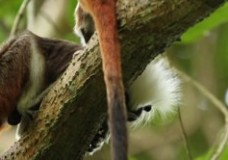
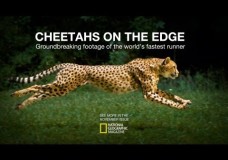
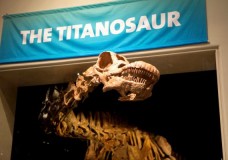
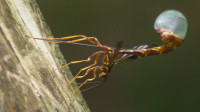
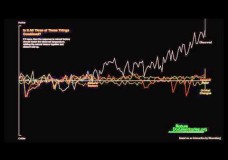
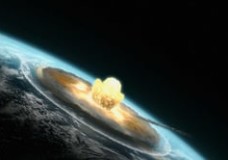


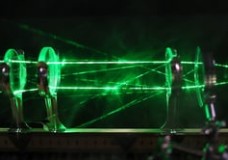

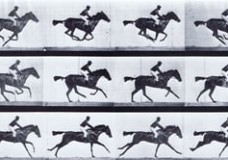


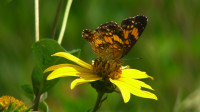


Recent Comments